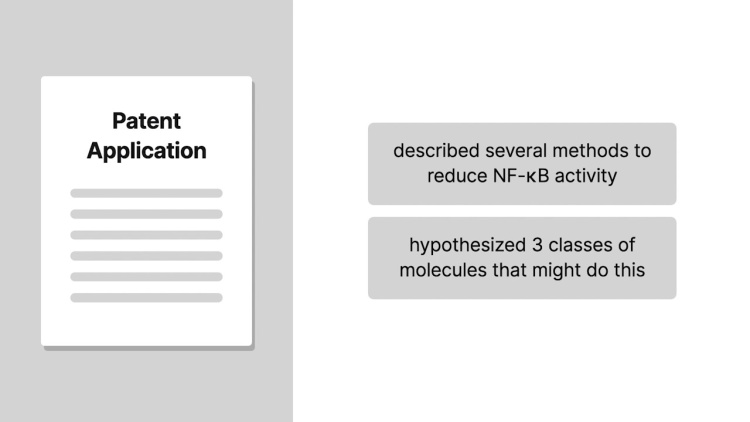Ariad Pharmaceuticals, Inc. v. Eli Lilly & Co.
United States Court of Appeals for the Federal Circuit
598 F.3d 1336 (2010)
- Written by Angela Patrick, JD
Facts
Ariad Pharmaceuticals, Inc. (Ariad) (plaintiff) obtained a patent containing a genus claim, which is a claim covering a broad category of inventions. This patent hypothesized that artificially reducing a naturally occurring molecule called NF-kB could alleviate the symptoms of certain human diseases. The patent’s claims covered any materials that reduced NF-kB activity using a certain function: reducing NF-kB binding at NF-kB recognition sites. The patent focused entirely on this result and did not describe a material or class of materials that performed this function. At most, Ariad hypothesized that three general categories of molecules might help achieve the binding-reduction result. Eli Lilly & Co. (Eli Lilly) (defendant) manufactured two drugs that reduced NF-kB activity. Ariad sued Eli Lilly, alleging patent infringement. The district court entered judgment for Ariad. A panel of the United States Court of Appeals for the Federal Circuit reversed, holding that Ariad’s patent was invalid because it lacked an adequate written description. Ariad complained that a patent claim needed to provide only an enabling description, which Ariad’s patent claim provided, and not a written description of the invention itself. The Federal Circuit agreed to rehear the matter en banc.
Rule of Law
Issue
Holding and Reasoning (Lourie, J.)
What to do next…
Here's why 899,000 law students have relied on our case briefs:
- Written by law professors and practitioners, not other law students. 47,000 briefs, keyed to 994 casebooks. Top-notch customer support.
- The right amount of information, includes the facts, issues, rule of law, holding and reasoning, and any concurrences and dissents.
- Access in your classes, works on your mobile and tablet. Massive library of related video lessons and high quality multiple-choice questions.
- Easy to use, uniform format for every case brief. Written in plain English, not in legalese. Our briefs summarize and simplify; they don’t just repeat the court’s language.





